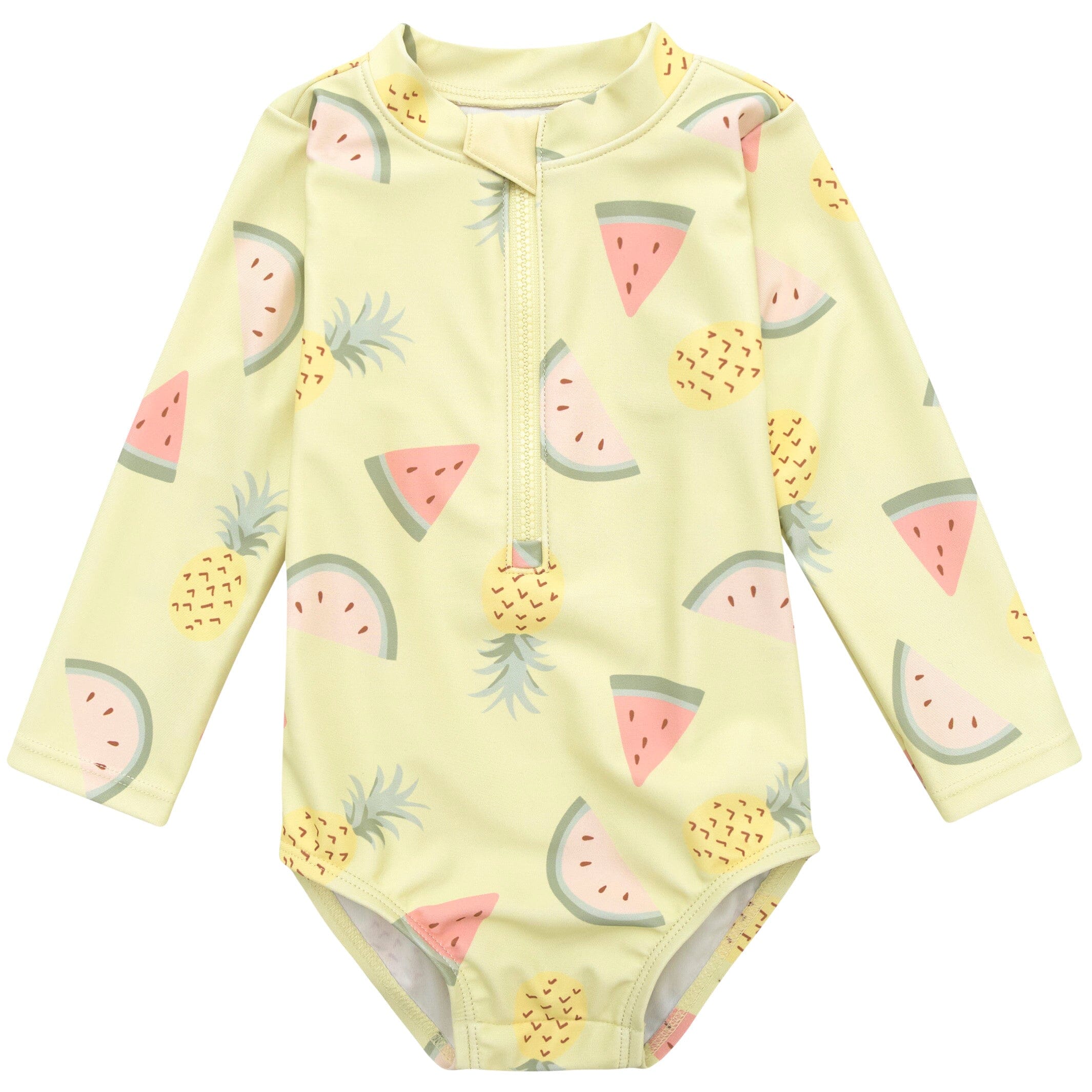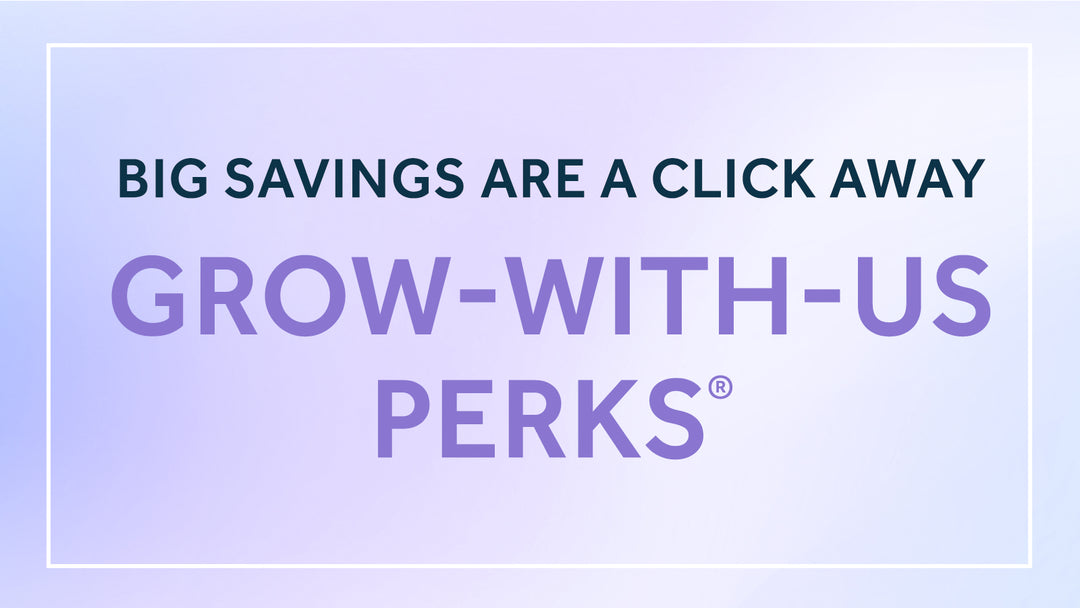Diapers 101: A Complete Diapering Guide

On the list of most daunting tasks for new parents, changing diapers is undoubtedly at the top. Besides the obvious, there are several reasons why the diaper factor might give pause to first-time moms and dads. You have to think about sizing, budgeting for your stock and how to handle changing breaks while you’re out and about. When you’re preparing for a new baby, one of the best things you can do to quell nerves and ease into the change is to arm yourself with plenty of knowledge and get ready for anything! In this guide, we’ll help you conquer the unknown—in this case, it’s all about diapering—like a parenting pro!
Cloth vs. Disposable Diapers

Step one of your diapering lesson: Decide if you want to use disposable or cloth diapers. Even if you’ve never considered the idea of cloth diapering, it’s a good idea to give it some consideration before you automatically commit to going the disposable route. Why? Cloth diapering brings a few hard-and-fast advantages over disposable, but it’s not always for everyone. Let’s take a look at some of the reasons why you might choose one over the other.
Consider Cloth Diapering if You’re…

- On a Budget — Unsurprisingly, cloth can bring some undeniable cost savings during the time your little one is in diapers. While both cost money, disposable diapers incur ongoing costs since you have to constantly buy them, while cloth diapers only require a single, initial investment. On average, you could save about 40 percent with cloth.
- Earth-Friendly — Moms and dads who are committed to taking a green approach to parenting will certainly appreciate the fact that cloth diapers, of course, don’t end up clogging the landfill with non-biodegradable materials. Beyond that, manufacturing single-use diapers requires tons of water, energy and non-renewable resources. Using reusable diapers and washable baby wipes can lessen some of the environmental strain.
- Health Conscious — Indeed, single-use diapers tend to be made with chemicals, dyes and fragrances that could be toxic. With that said, there is no strong evidence suggesting that disposable diapers aren’t safe to use, so don’t stress too much! They might, however, cause irritation or allergic reactions, so choosing cloth might provide you with some peace of mind, which can be invaluable as a new parent.

Consider Disposable Diapering if You’re…

- All About Convenience — Before we praise the convenience of single-use diapers too much, let us just say that you’d be surprised to see how far cloth diapers have come since our grandparents used them! Now, there are convenient all-in-one cloth diapers that simplify the whole process. With that said, cloth requires an extra step of laundering, so that does take away some of the convenience factor.
- Constantly on the Go — When you’re out and about, the last thing you want to do is cart around dirty cloth diapers or inserts. Disposable, single-use diapers eliminate this problem, since you can simply toss them in the trashcan in the public bathroom. For a happy medium, many parents opt to use cloth at home or daycare and disposable while out and about.
- A Busy, Working Parent — Cloth diapering is by and large easy and straightforward, but if you’re committed to it, you will have to teach your child’s caregivers—whether that means the daycare, the nanny or grandparents—to learn the tricks of the trade. Almost all caregivers understand how to use disposables, so there’s less time involved in explaining.

Not sure which route you’ll take? At the end of the day, the important thing is that your baby is happy and comfortable, so don’t stress about it too much. There is no right way to be a parent, and you should always make the decisions that make the most sense for you and your family.
Understanding Diaper Sizes

Ah, sizing! It’s one of the most mystical parts about parenting. What size diapers should you buy and how many do you need? Luckily, sizing isn’t as complicated as you might imagine. Like baby clothes, diaper sizes can differ by brand. Most diaper companies offer newborn and sizes 1-6, but you will find companies that make special sizes for preemies and older children, too. In general, diapers are sized by weight, but this isn’t always the best way to determine if the size is right. You will want to size down if baby’s diaper is loose or saggy and size up if you notice regular irritation at the thighs or if baby has frequent leaks or blowouts.
Some cloth diapers make sizing a bit simpler? All-in-one cloth diapers generally come in one size for babies from 8 to 30 pounds or a similar range. They are equipped with adjustable snap closure systems that can be lengthened as baby grows, so you can effectively use one set of cloth diapers until your bundle transitions to training pants. Prefold and flat cloth diapers must be purchased with covers, which are often adjustable or come in sizes based on age or weight. In general, cloth diapering comes with simpler, more accommodating sizing than disposable.
What Size and How Many Cloth Diapers Should I Buy?

Diaper brands vary slightly in terms of sizing, so the following information is not set in stone. Make sure to check the size chart on the packaging or on the manufacturer’s website to ensure that you get the right size for your child. Another important thing to know about sizing diapers and clothes for your baby is that no child grows at the exact same pace, so if your little one spends more time in newborn than you accounted for, don’t worry. Make sure to purchase only from retailers that have a liberal return policy so you can make adjustments depending on your baby’s unique stages of growth and development. While we’re on the topic, make sure to save any and all diaper receipts for this purpose.
Buy enough cloth diapers (or inserts) to accommodate the average daily change rate, taking into account how often you will do laundry. For example, if your baby needs changed six times a day and you do laundry once every three days, be sure you have at least 18 cloth diapers in baby’s current size.

- Up to 8-10 Pounds — Babies stay in newborn diapers for about one to two months and require more diapers per day during this period, about 10 to 12 each day.
- 8-14 Pounds — Babies use fewer diapers each day by the time they’re this big (usually about 8 to 10 per day), but they stay in this size for several more months than they do newborn diapers, usually until they are about 5 or 6 months old.
- 12-18 Pounds — Most babies are in this weight category for between about two and four months, so you’ll want to have about a two-month stock of this size on hand to account for the minimum.
- 16-28 Pounds — By the time your baby is over 16 pounds, she’ll be needing fewer changes each day, roughly six to eight per day. With that said, most parents notice that their child stays in this range for a longer period of time—from between three and five months, usually—so with that in mind, have a few extras on hand.
- 22-37 Pounds — This is another weight range that tends to linger for longer than the others, with some babies hovering around here for as long as a year. Thus, you’ll want to invest a little more in this size.
- 27+ Pounds — Many children are potty-trained by the time they reach this weight range, but bigger kids may need more time to make the transition. However, toddlers need fewer diaper changes each day, so you can lessen the load when stockpiling this range.
- 35+ Pounds — Because kids usually weigh 35 or more pounds while they’re potty training (and they may wear training diapers), it often doesn’t make sense to buy this size in bulk. Buy as you go or make frequent adjustments to your adjustable cloth diapers.

Budgeting for Diapers

As you can tell, you’re going to need a lot of diapers to get baby through her first couple of years! If you’re committed to cloth diapering, the cost is built-in up-front—you only need to pay for the diapers once since you can reuse them again and again. Budget them into your pre-baby budget and purchase them (or add them to your registry) alongside essentials like nursery furniture, clothing, grooming supplies, a stroller and a car seat. Disposable diapers can also be stockpiled and added to your pre-baby costs. Budget around $800-$1,000 for the first 12 months if you plan to buy in bulk up-front. That amounts to about $80 per month on diapers and wipes if you’re buying as you go. Note that you can certainly save more when you buy in larger quantities.

Essential Diapering Tips

Okay, now that we’ve covered the basics, let’s look at some helpful diapering tips that you can use to simplify the process while you’re planning for and raising your brand-new bundle. From learning how many extra diapers you should pack in your diaper bag to finding baby apparel that makes changing just a little bit easier, these tips will help you conquer this essential aspect of parenting.
- Keep Extras on Hand — Of course, when you head out of the house, you’re going to want to make sure you have extra diapers in your diaper bag, purse or luggage. We recommend packing extras based on the time you’ll be away from home. If it’s a 12-hour period and baby is in the phase where she needs only four to six changes per day, pack six diapers or inserts (plus one or two for good measure).
- Donate Your Surplus — If you’re concerned about budget, make sure to save all receipts so you can return unused diapers still in their packaging. You might also consider handing them off to friends, moms in need, community organizations or your local women’s shelter. If you think you might give new baby a sibling down the line, stockpile them for later. Cloth diapers don’t expire!
- Buy Diaper-Friendly Clothing — There is a big reason why our Onesies® Bodysuits are some of the most beloved pieces of baby clothes around! Besides their soft feel and adorable style, Onesie Bodysuits have a higher front snap for fast changing and easy dressing. New parents learn quickly that clothes without bottom snaps are rarely ideal when it comes to changing!
- Simplify On-the-Go Changing — Once you get the hang of it, changing baby’s diaper becomes like second nature, no matter if you’re at home or away. But there are a few things you can do to make those public restroom diaper changes a bit simpler. A travel-friendly diaper pad will help you turn any flat surface into a makeshift changing table, while plastic bags can be of serious use when there are no garbage cans nearby. Oh, and don’t forget the mini diaper rash cream and hand sanitizer!

Diapering with Confidence

No matter how you diaper—with cloth or disposable, at home or on the go—rest assured that you will become a master of nappy in no time flat! First-time parents who are particularly nervous: Know that the nursing staff will be happy to guide you through the process while you’re recovering with your newborn in the hospital. The important part about any parenting pursuit is to trust yourself and make decisions with confidence. The result will be a happy, well-adjusted baby!

















